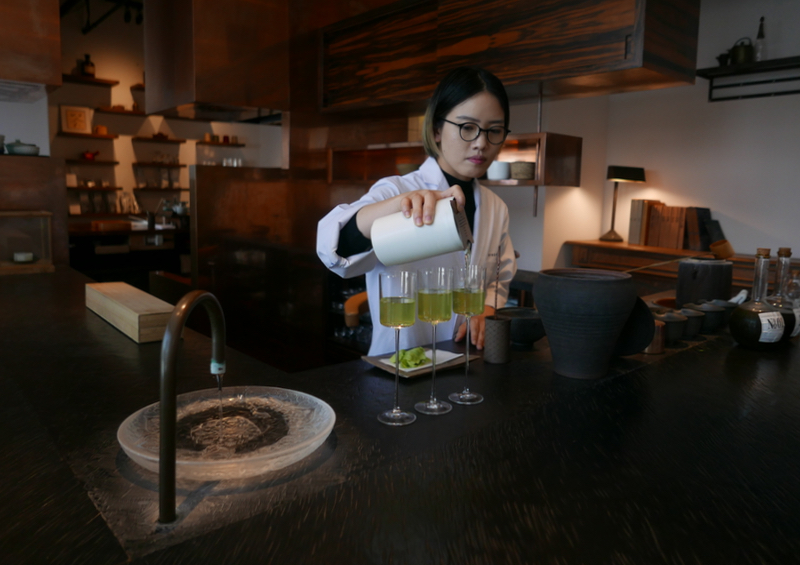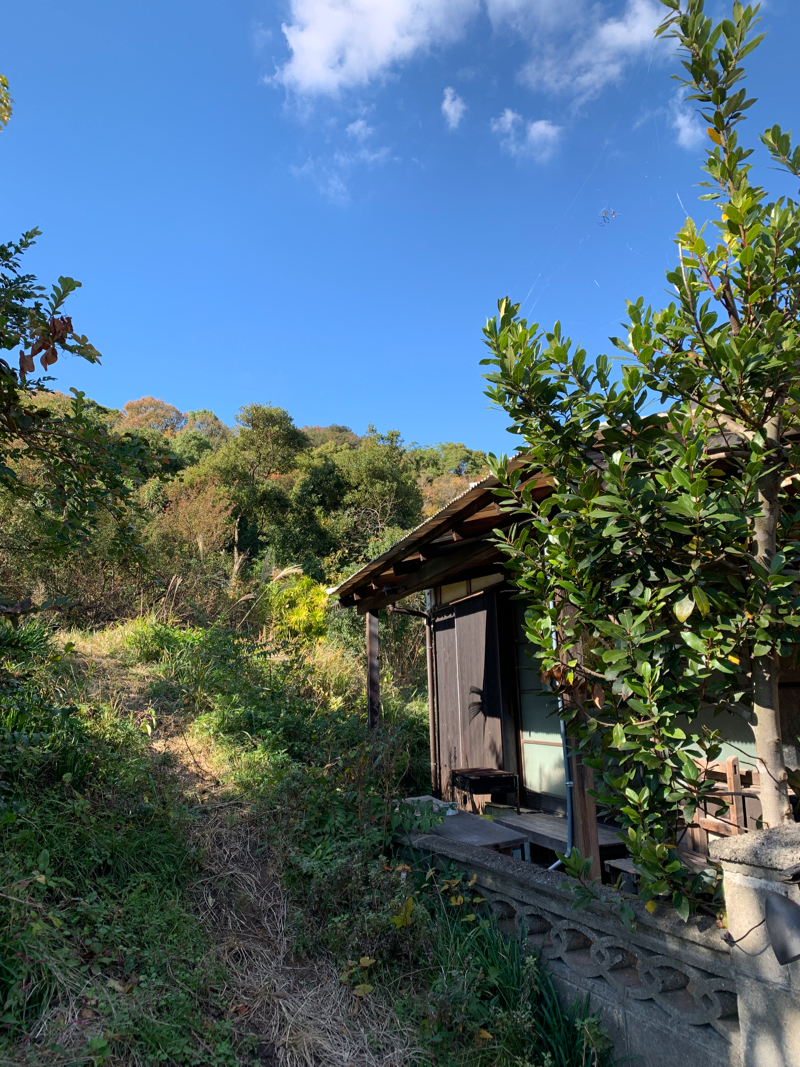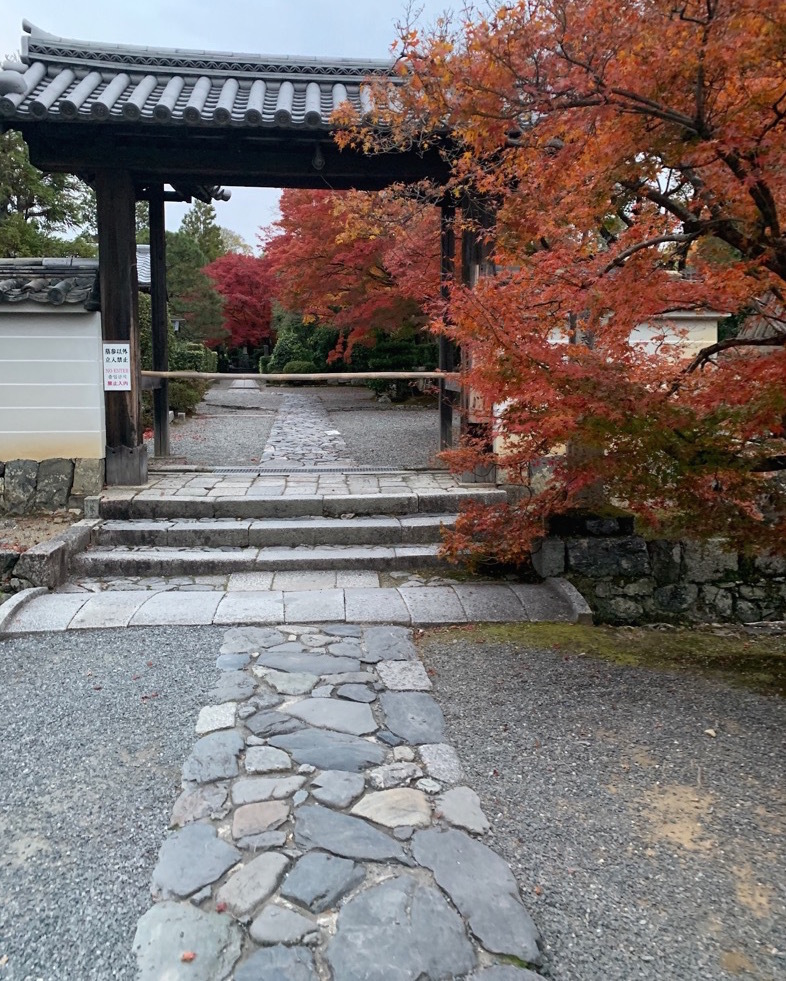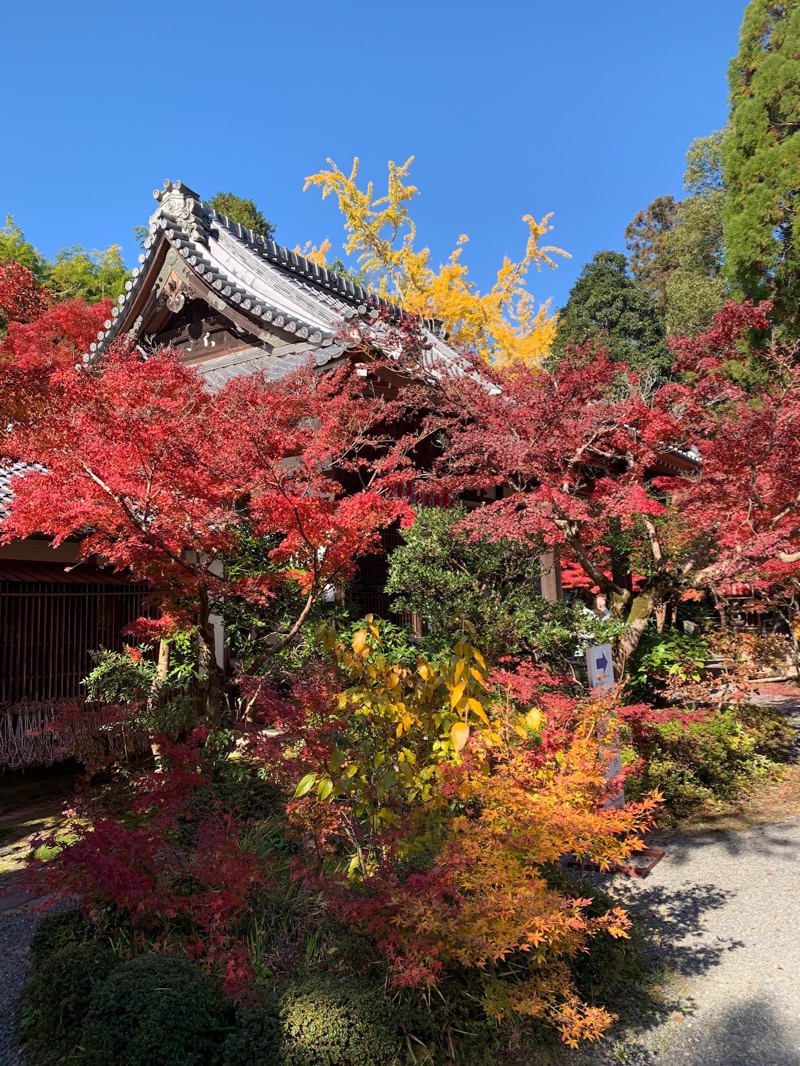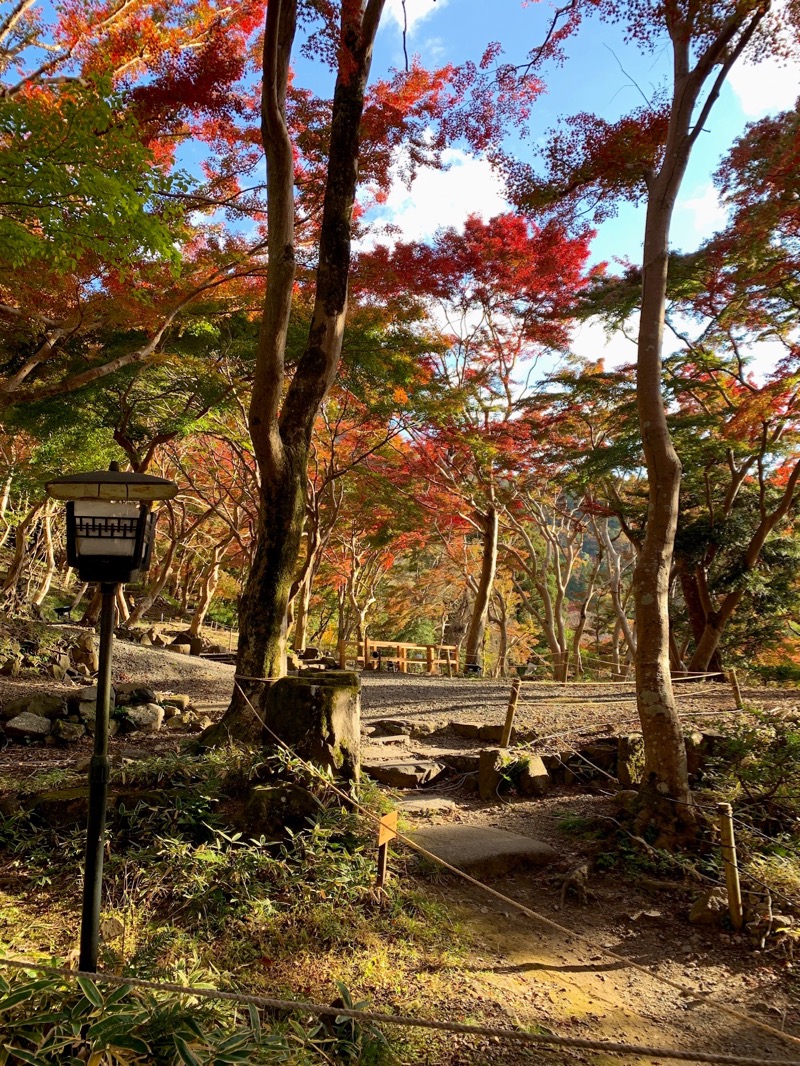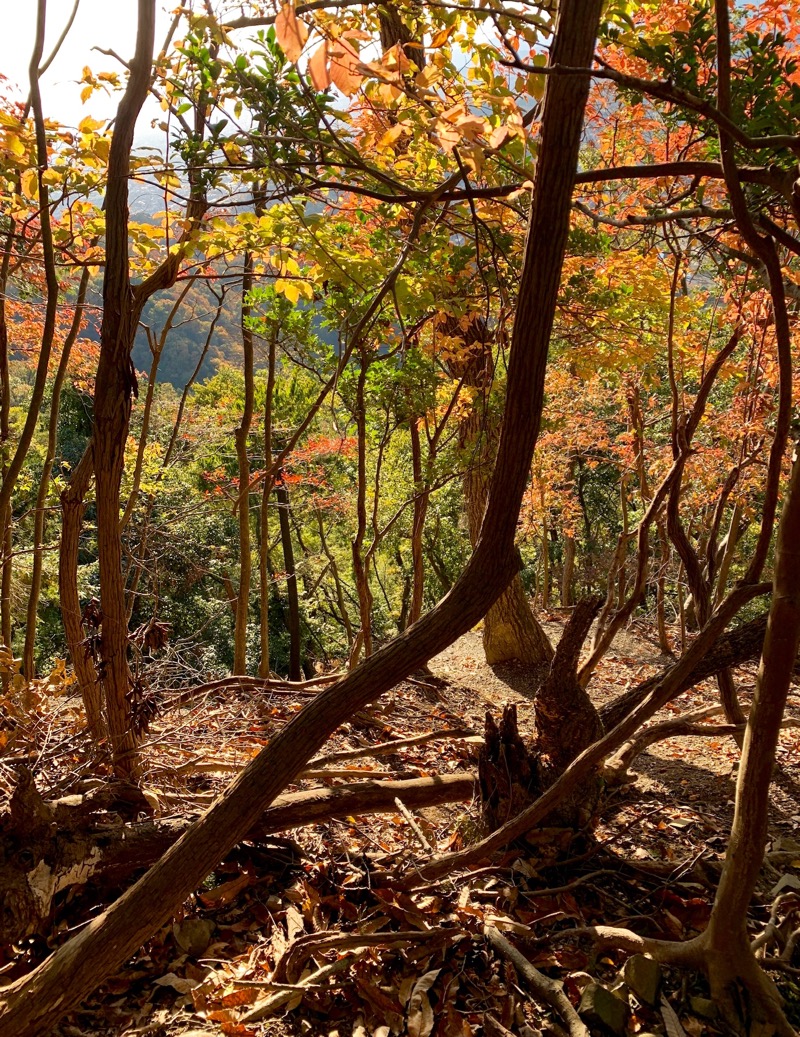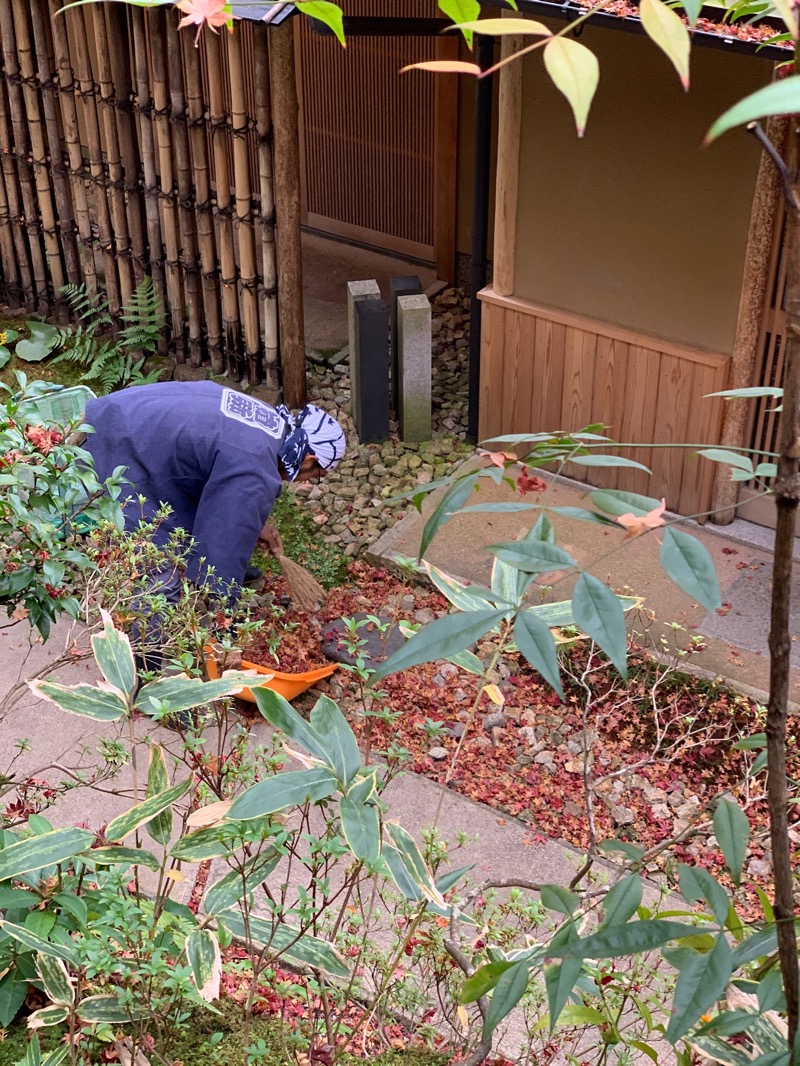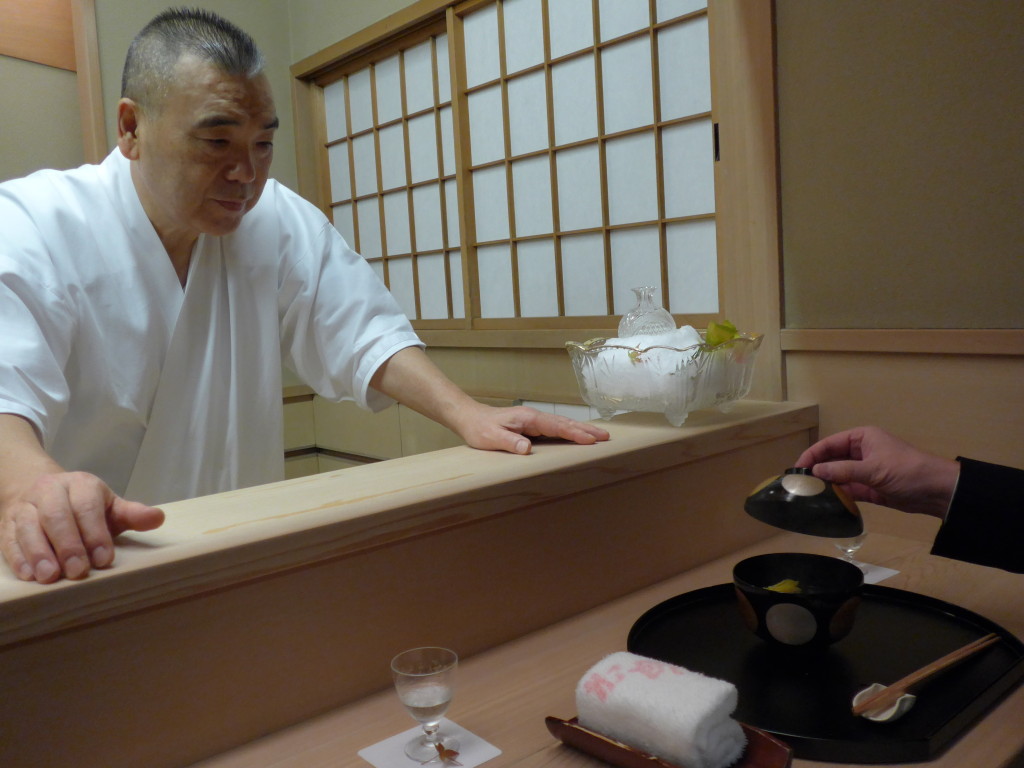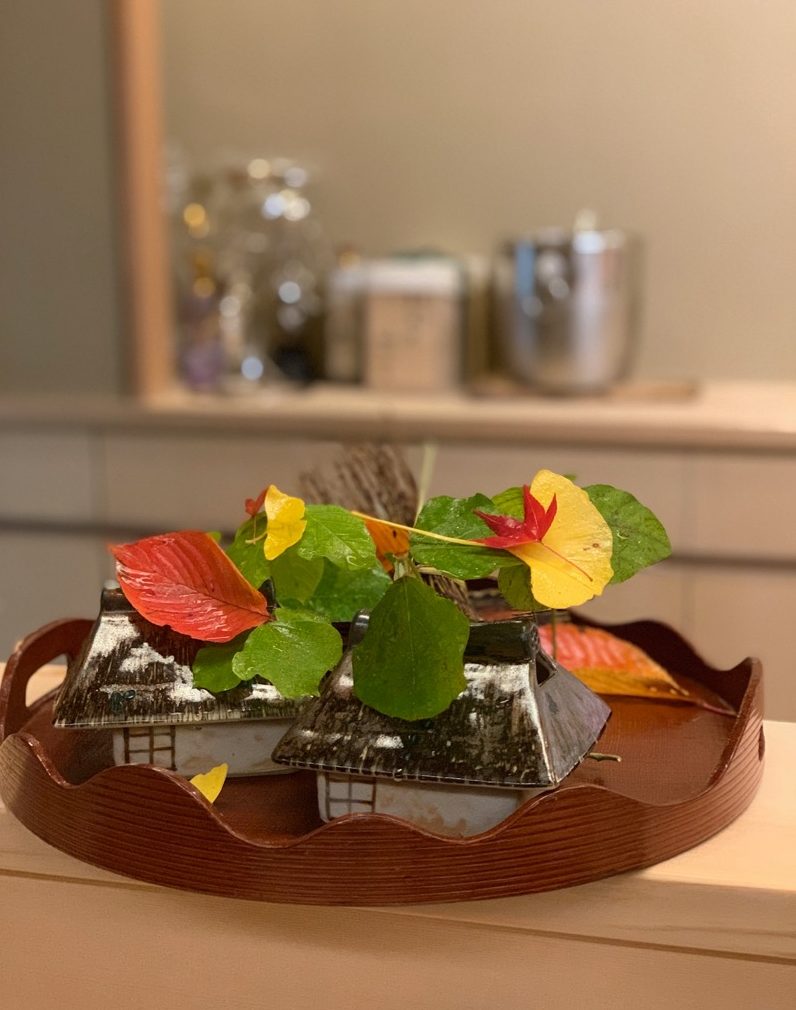Attraction to the Unknown through the pen of Haruki Murakami
Murakami employing his signature gloominess though the characters’ nostalgia enters yet another echelon of the metaphorical realm in South of the Border, West of the Sun. “There is no middle ground. Probably it is a word you may find south of the border. But never, ever, west of the sun.” This urgency he inserts here alludes to two polar possibilities. Either you live in joy or in the no man’s land of death. Hence there is not in-between. The choice is happiness or decay. Nothingness though carves holes like a worm though the abandoned characters heart — “the living desert”.



Through the critical lens of identity of Murakami
Each of us can understand the Japanese author’s allusions individually depending on the breadth of our reading, experience, level of spirituality and awareness. For the last arches over the writing perception of the main character — a male owner of a jazz club in this auto-fictional smudge of Murakami he so often relishes in. Either he writes about music or running, but always with a perceptive narrative flow that murks in mystery. I love Haruki Murakami’s depth of characters. Still, a common thread connects many of his previous leading figures, but that you shall discover after further reading. I recommend his Hemingway’s namesake themed collection of short stories Men Without Women.
You long for more revelations in the slow-paced unwrapping of the triangle of characters. Love triangle in some way, but his estrangement from his wife is not just about finding a new lover, it is about turning back time, coming back to his childhood. It is about midlife crossing, the reckoning with one’s past and certain hopelessness when facing ageing and mortality in spite of that. An unhappy man comes at first better off in reality through commitment to a woman that loves him wholesomely. His wife’s family props his business that he makes into a magazine feature success.
After years, expanding further into two locations though keeps Hajime so busy with his dream that he estranges himself from his wife. “Just as with people, with bars there is time to leave them alone and a time for change. Being stuck in the same environment, you grow dull and lethargic. Your energy level takes a nosedive. Even castles in the air can do with a fresh coat of paint.” Ouch! Murakami strikes deep into the dark side of human relationships and how hard it is to stick to a continuous long-term commitment when the juices just stopped flowing years ago. “I’m confused”, Hajime confides in his wife who observed his detachment.
While who they are remains consistent, they are the same people just with a different shadow, a heavy emotional baggage lurking in their presence. But none is freed from its creeping chains.

Throughout, music expresses life’s emotions, conundrums and struggles via lyrical inserts smoothly gliding into the Tokyo jazz bar’s setting. Nat Cole sings: Pretend you’re happy when you’re blue. It isn’t very hard to do… Not just the songs entail symbolic meanings in South of the Border, West of the Sun, so do the characters’ names. I also relished learning more about classical music in particular in Murakami’s conversations with the Japanese maestro, the conductor Meiji Ozawa in Absolutely on Music.
Attraction to the Unknown
The maturity of hindsight allows for more philosophical viewpoint sharing between Shimamoto, the main protagonist’s (in the first person narrative) childhood friend grown into a beautiful, yet with secrets veiled woman in her ripe years. Still, she does not seem to relish her allure. Something bothers her so much that she suddenly disappears after a number of encounters at his bar. “Sometimes when I look at you, I feel I am gazing at a distant star. It’s dazzling, but the light is from tens of thousands of years ago. Maybe the star doesn’t exist any more. Yet sometimes that light seems more real to me than anything”. How beautiful is human irrationality! Murakami keeps his confusion going. “At least you look as if you’re here. But maybe you aren’t. Maybe it’s just a shadow. The real you may be somewhere else. Or maybe you already disappeared, a long, long time ago.” Loss pierces the narrative, yet the greatest loss of all comes from somewhere the reader might not suspect.


In South of the Border, West of the Sun, philosophical questions pop from the mouth of Shimamoto, but also Hajime’s own mind entertains unanswerable curiosity and desire to know, what he might never, ever know. The title is taken from a song, the favourite lyrics of the two teenage souls sharing an intimate friendship. Childhood’s innocent expectations about life’s magnificence pour from Shimamoto’s heart: “I’d always thought something great, something beautiful, big and soft was south of the border.” The illusions of her youth dispelled, she had broken into nothing deep within, a hollow tree. She is gorgeous physically, classy and well dressed, but her inner world has burned down into ashes, literally. It seems that either of the three characters struggles between attachment and detachment without finding a permanent solution.
Shadows creep along Murakami’s South of the Border, West of the Sun. This is not a lift me up story, but a realistic depiction of life’s unhinged turns and twists through broken shards. The prevailing uncertainty sprouts into a mysterious garden, so one might assume that Shimamoto does not even exist. It is a strange reality, but not unlike Kafka’s whom the author admires.




















